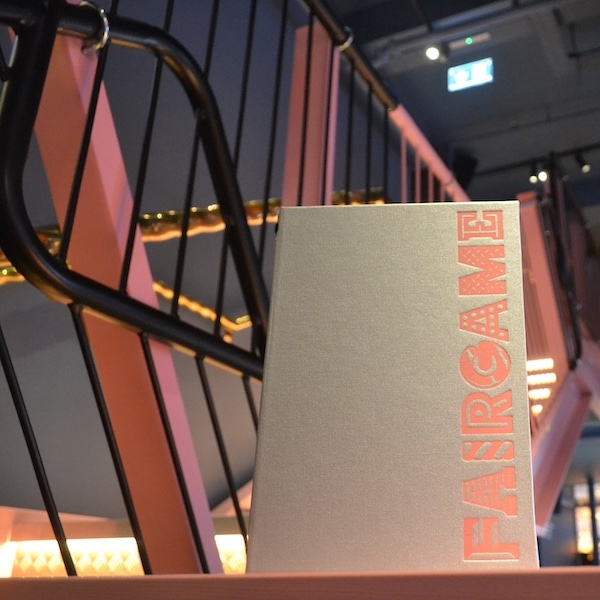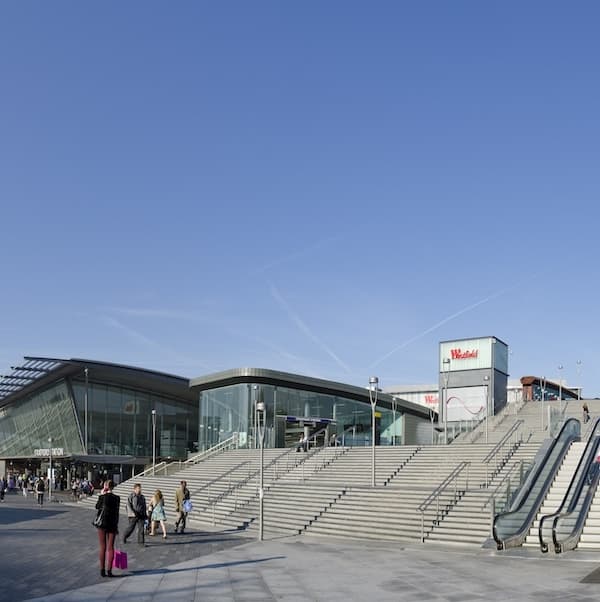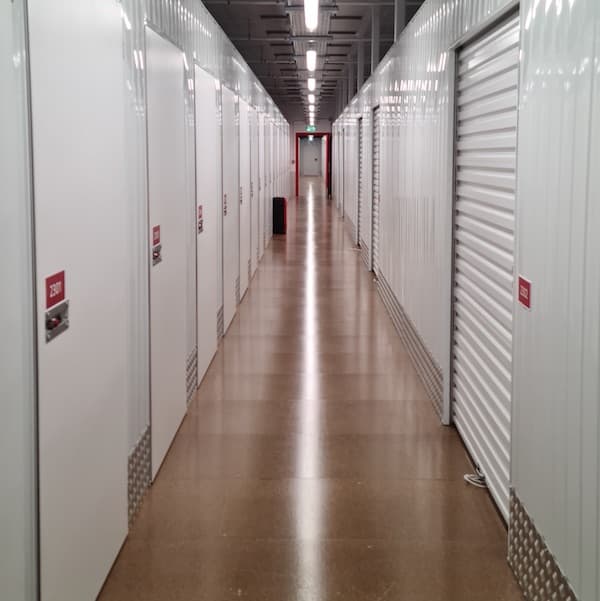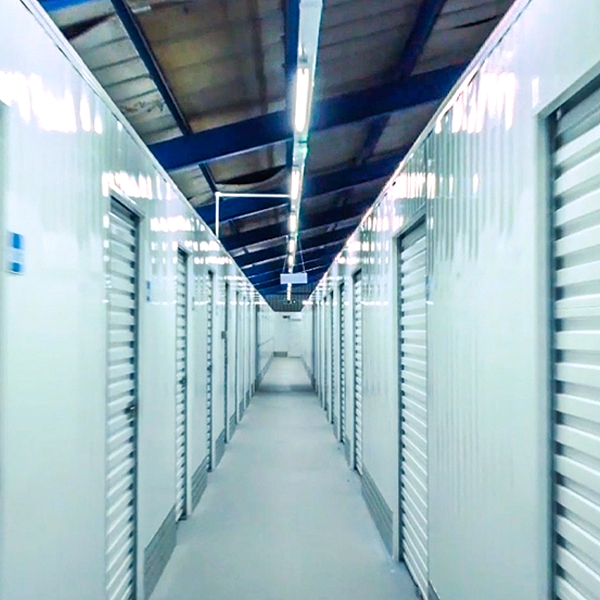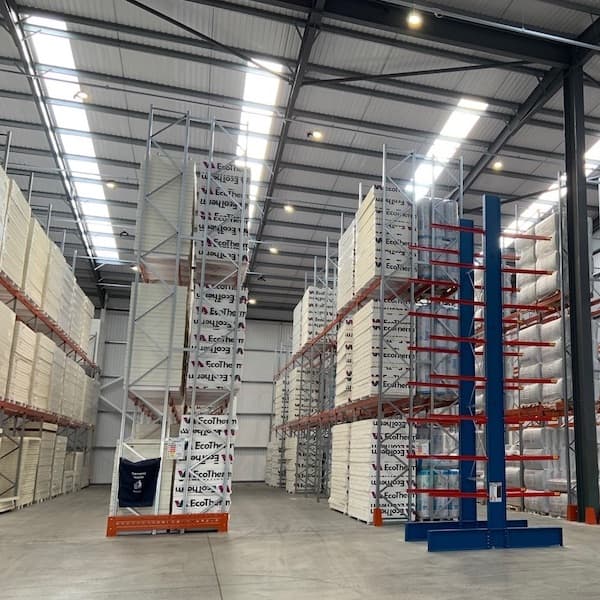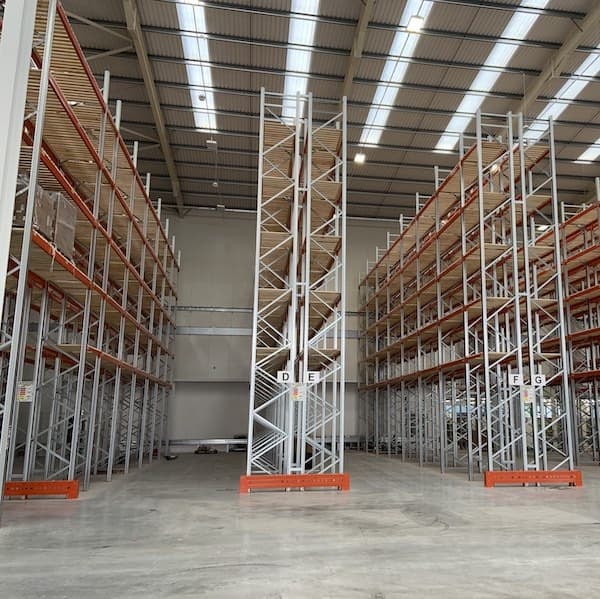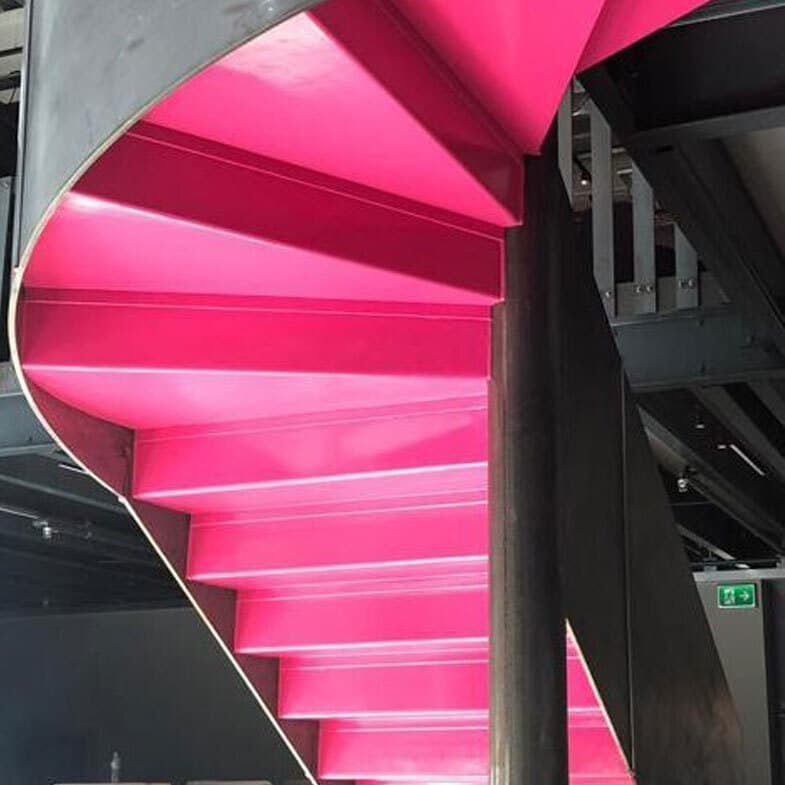- Mezzanine Floors
- Solutions
- Multi-Tier Mezzanines
- Mezzanine Pallet Safety Gates
- Mezzanine Staircases
- Mezzanine Handrails and Balustrades
- Mezzanine Decking
- Fire Protection for Mezzanine Floors
- Mezzanine Lift Shaft Design and Installation
- Resources
- Mezzanine Floor Calculator
- Mezzanine Floor Regulations and Building Control
- Self-Storage Mezzanine Floors
- Self-Storage Units
- Resources
- Self-Storage Site Selection Information
- Calculating The ROI of Self-Storage Conversions
- Planning for Automation in Self Storage
- Racking & Shelving
- Solutions
- Cantilever Racking
- Pallet Racking
- Coil Racking
- Longspan Shelving
- Tyre Racking
- Kimer Racking
- Live Storage Racking
- Drive In & Drive Through Racking
- Clip Shelving
- Mobile Shelving
- Custom Fabrications
- About Us
- USS Case Studies
- Self-Storage Fit-out For Raked Ceiling Building
- Mezzanine And Staircases For Entertainment Venue
- New Mezzanine And Staircases For Major Retailer
- Mezzanine Pallet Safety Gate
- Self-Storage Fit-Out Project For Brand New Facility
- Warehouse Racking, Wire Mesh & Shelving for New Warehouse
- Self-Storage Partition System & Components Installation
- Self-Storage Store Mezzanine And Staircases
- Multi-Tier Mezzanine For Logistics & Distribution Facility
- Warehouse Plant Platform
- Self-Storage Facility Space Expansion
- Mezzanine Floor For Distribution Warehouse
- Bespoke Feature Staircase & Mezzanine
- Single Level, Multi-Use Mezzanine
- Mezzanine For A New Building
- Mezzanine Floor For Plumbing Supplies Warehouse
- New Racking System and Mezzanine Floor
- Car Park Conversion To Self Storage Facility
- Pallet Racking and Cantilever Racking For Warehouse
- Two Mezzanine Floors For Self-Storage Facility In Birmingham
- Our Accreditations
- Contact Us
- USS Case Studies
The Latest Blogs From USS
Mezzanine Floors & Retail Conversion Rates
read
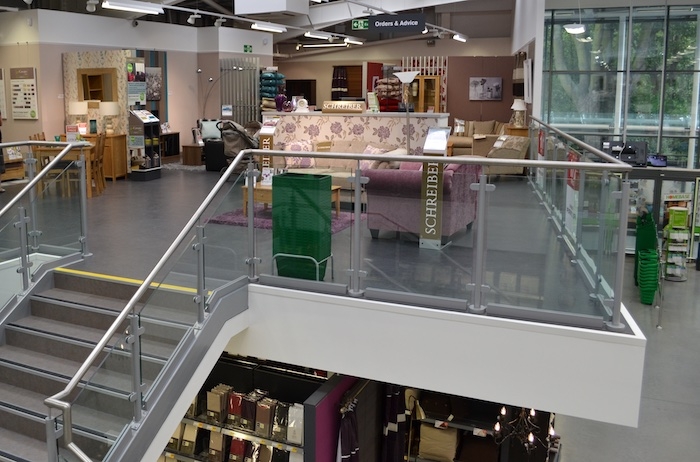
If you're running a brick-and-mortar retail outlet, you can rely on a range of metrics when deciding whether you're achieving the success you hope to achieve. Figures such as cash flow, sales and net profits can tell much about your retail business. Still, the retail conversion rate is perhaps the most useful in setting out whether you optimise your store's physical environment in a manner that helps drive sales. This optimisation can be beneficial when deciding, for example, whether to have a mezzanine floor installed within your retail outlet since a conversion rate which is lower than expected points to your retail outlet being a space which – for some reason –isn't delivering an experience which encourages as many visitors as possible to take the leap and spend money with you.
In simple terms, the conversion rate of a retail outlet is a calculation of the number of people visiting an outlet who leave having made a purchase. This article will examine the concept of conversion, explain how the conversion rate can be measured, and set out how having a mezzanine floor installed could help improve your existing rate. While general sales data can help to build a picture of a store's success on any given day, the conversion rate over the same period can provide insight into the number of potential sales that might be possible if changes are made.
How To Calculate The Conversion Rate
The first figure needed to create an accurate conversion rate is footfall – the number of potential customers entering the store daily. For the figure to be as precise as possible, installing an automated counting system based on a technology such as infrared sensors or cameras will probably be most helpful. Once you know how many people enter your retail outlet each day, you can calculate the percentage that goes on to make an actual purchase.
Having gathered the numbers for people entering the store, you next need to pull together the sales data for the same period. When calculating a conversion rate, counting paying customers rather than the number of items purchased is important. For example, ten customers might buy 72 products but will still count as only ten conversions (from visitor to customer).
Once you've come up with accurate figures for visitors and conversions, you'll be in a position to calculate the conversion rate of your facility by dividing the number of sales (the figure of 10 in the example given above) by the total number of visitors and multiplying the result by 100. If an outlet brings in 600 people during a day, for example, and 250 of these people opt to make a purchase, then the first part of the calculation will be 250 divided by 600, which is 0.416666. This figure, multiplied by 100, gives a conversion rate of 41.66%.
According to David Smyth, Vice President of sales operations for Experian FootFall, the average conversion rate for retail outlets is between 20% and 40%, so an outlet achieving this conversion rate would be at the top end of the average, but would still be failing to sell to as much as 59% of potential customers. Given that every percentage point added to the conversion rate of a retail outlet could provide a considerable boost to the bottom line of a business when applied across a trading year, it's always going to be worth doing everything possible to maximise that conversion rate. The optimal rate will vary, depending on whether a store deals with large numbers of lower-cost items or relies on individual sales of fewer high-ticket items and the overheads you must pay to open and operate the store.

No matter what kind of improvement you're looking for, a mezzanine floor could offer many of the features that go into helping boost conversion rate.
Why Is A Mezzanine Floor a Conversion Rate Booster?
A mezzanine floor is the ideal solution when a high-impact but affordable transformation of a retail space is required. Because it may not be permanently attached to the fabric of a building, the vast majority of mezzanine floors don't need any planning permission, although you should always check. They, therefore, represent a highly efficient use of what would otherwise be wasted vertical space between the ground floor and the ceiling. Installation of extras such as staircases, balustrades and handrails is possible, and the flexibility of the installation method is such that including branding which matches the rest of the store is also possible.
Any improvement to the appearance of a store will help persuade visitors to spend more time in the store, browsing and making purchase decisions. A mezzanine floor could bring about dramatic visual improvements by creating a whole new level on which you can display items, setting them out more spaciously, and putting essential displays in eye-catching positions along the edge of the mezzanine floor facing customers as they enter. New floor space – acquired without increasing the actual footprint of the building – will also make it possible to zone and display items in a manner which makes it easier for visitors to find what they are looking for precisely or to point visitors in the direction of special offers or sales items.

Another critical factor when driving conversion rates higher is the availability of stock and the ability, in simple terms, to give potential customers what they have come into the store in search of. Our experience has demonstrated how a mezzanine floor can be crucial in managing inventory and maintaining stock levels that match demand. In this example, we installed a new mezzanine floor in a JD Sports Fashion PLC branch in Stafford. Once installed (a process outlined in this USS case study), the mezzanine floor offered extra space to store stock without disrupting access to the rest of the shop.
In some cases, the mezzanine floor could be the location of a visitor magnet - a cafe, for example - and a means of persuading people to stay longer. This will open up a new revenue stream and bring in people who might not otherwise cross the store's threshold and help put them in a relaxed mood that's more likely to prompt sales. Alternatively, the mezzanine floor might be home to more points of sale, making it easier for visitors to purchase and reduce the time spent queuing.
A study published by LinkedIn looked at why more crowded stores are likely – perhaps counter-intuitively – to have a lower conversion rate. By creating more space in your store, you can guard against any sense of crowding or, worse, overcrowding, creating an environment that is more likely to turn visitors into actual customers.
Whether you utilise it as an extra sales floor, somewhere to store stock, or a different facility such as a café space, a mezzanine floor could help transform the physical environment of your retail space and boost the all-important conversion rate.
This blog is for information purposes only and should not be construed as legal or financial advice and not intended to be substituted as legal or financial advice.
Find Us
S & L United Storage Systems Ltd
United House, The Street
Takeley, Bishop's Stortford
Hertfordshire, CM22 6QR
Company No. 1313816
VAT No. 291616253Say Hello
01279 871 787Copyright © 2025 S & L United Storage Systems Ltd. All rights reserved.
- About Us
